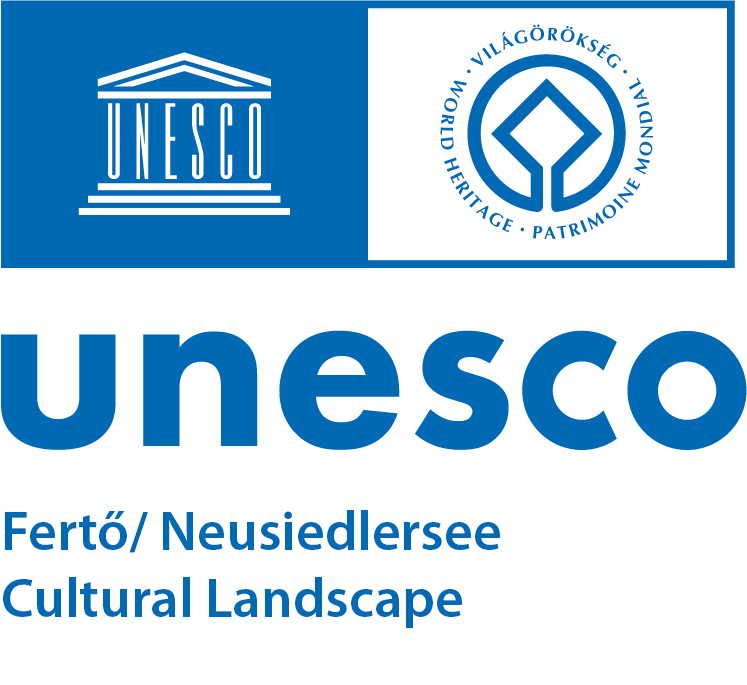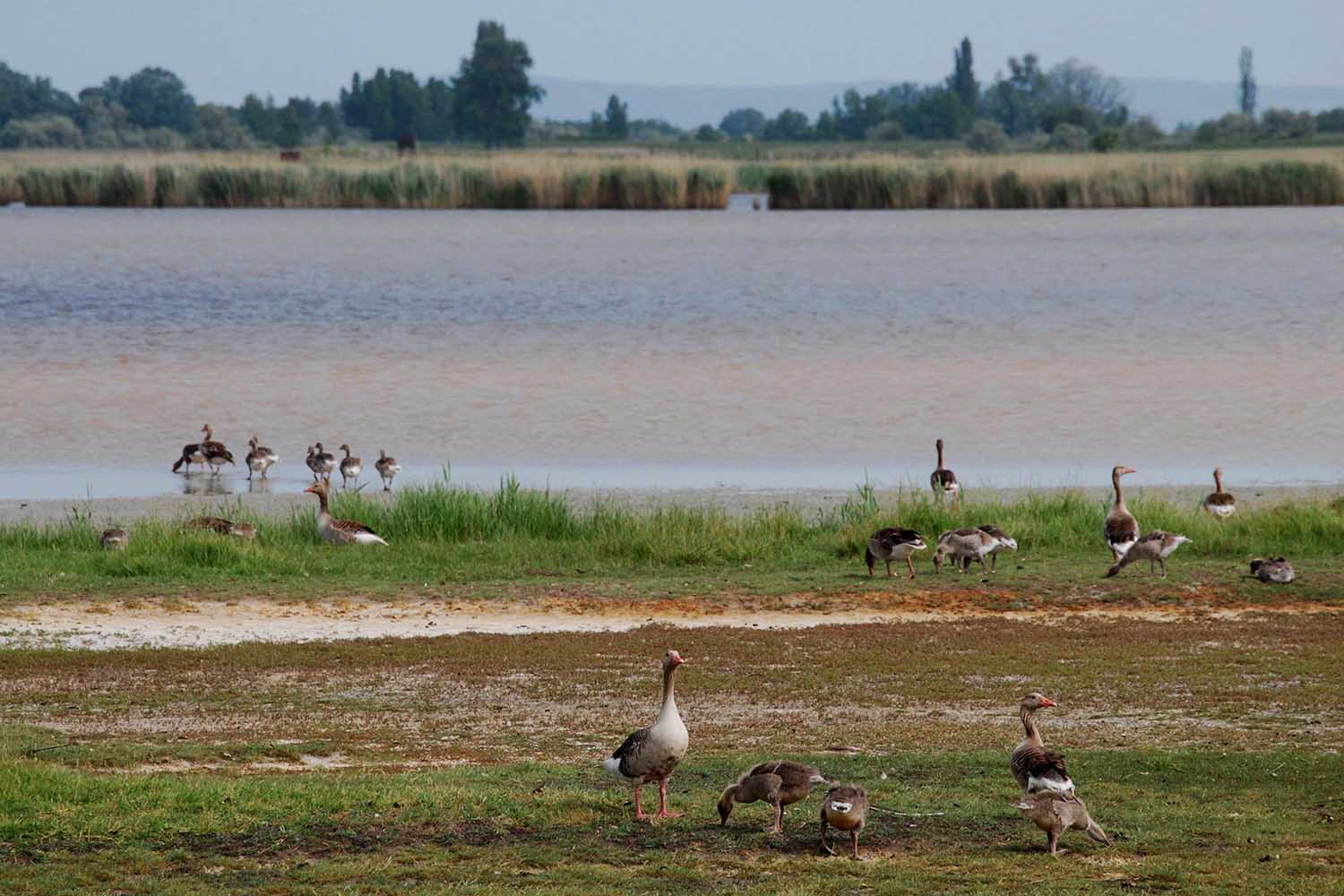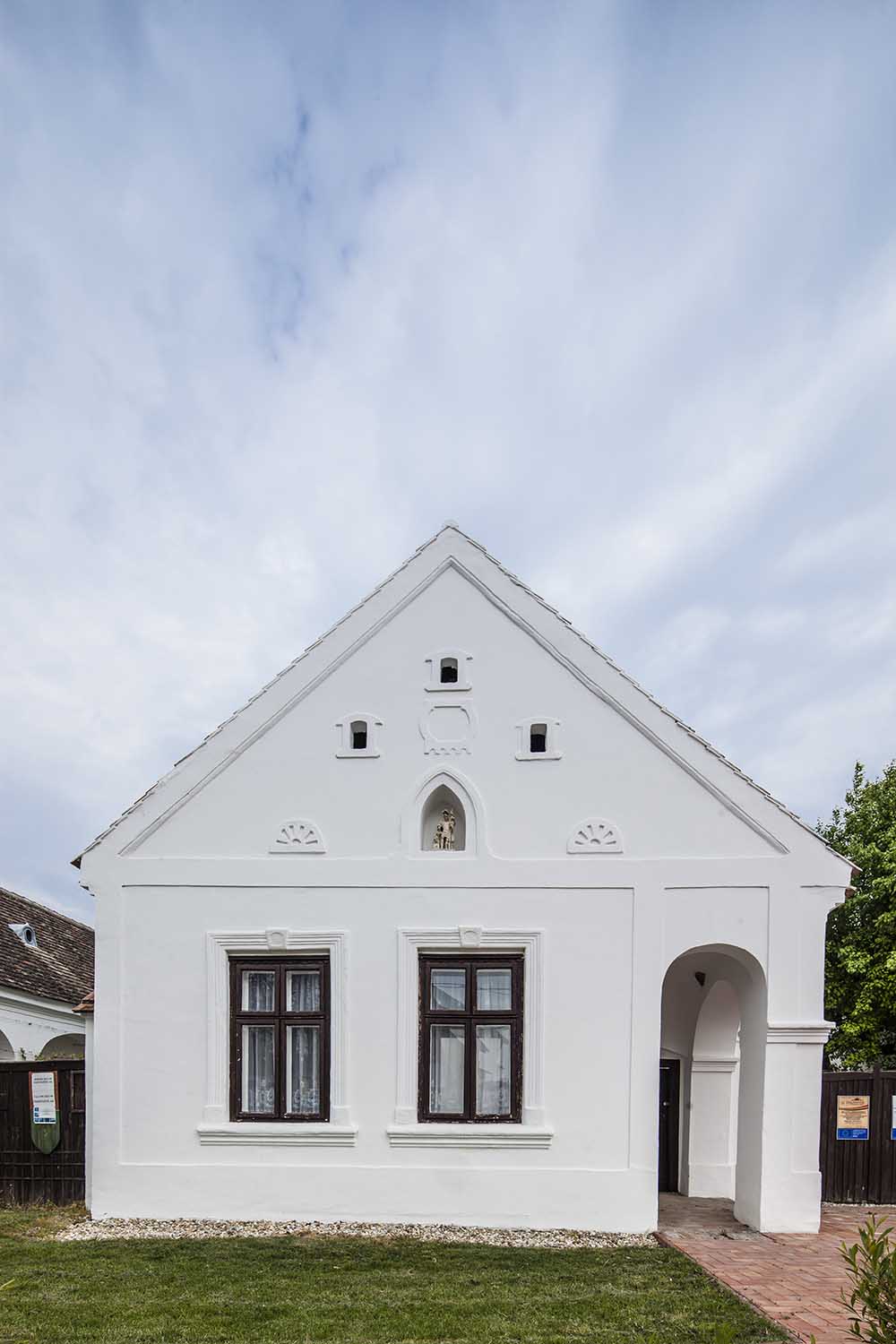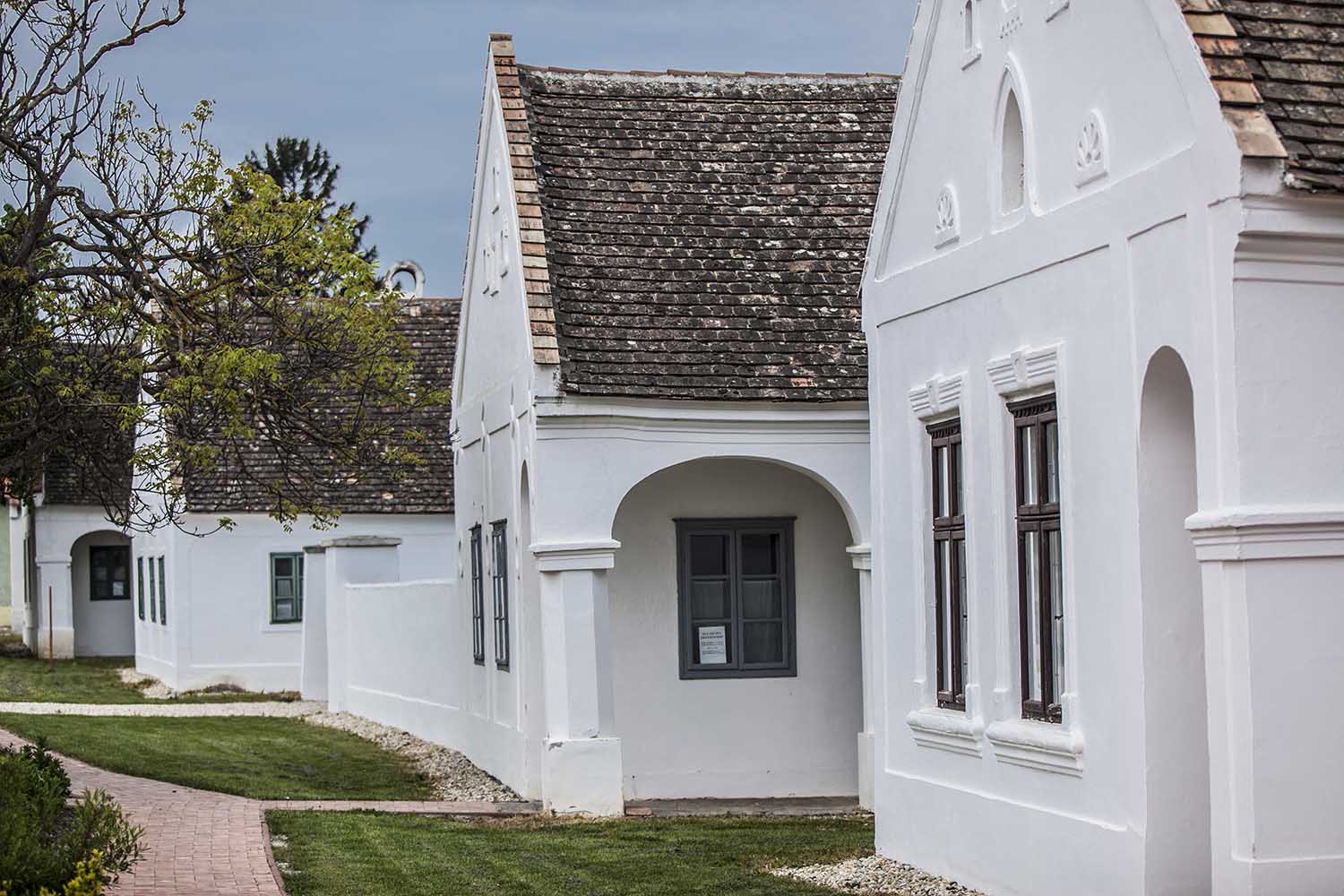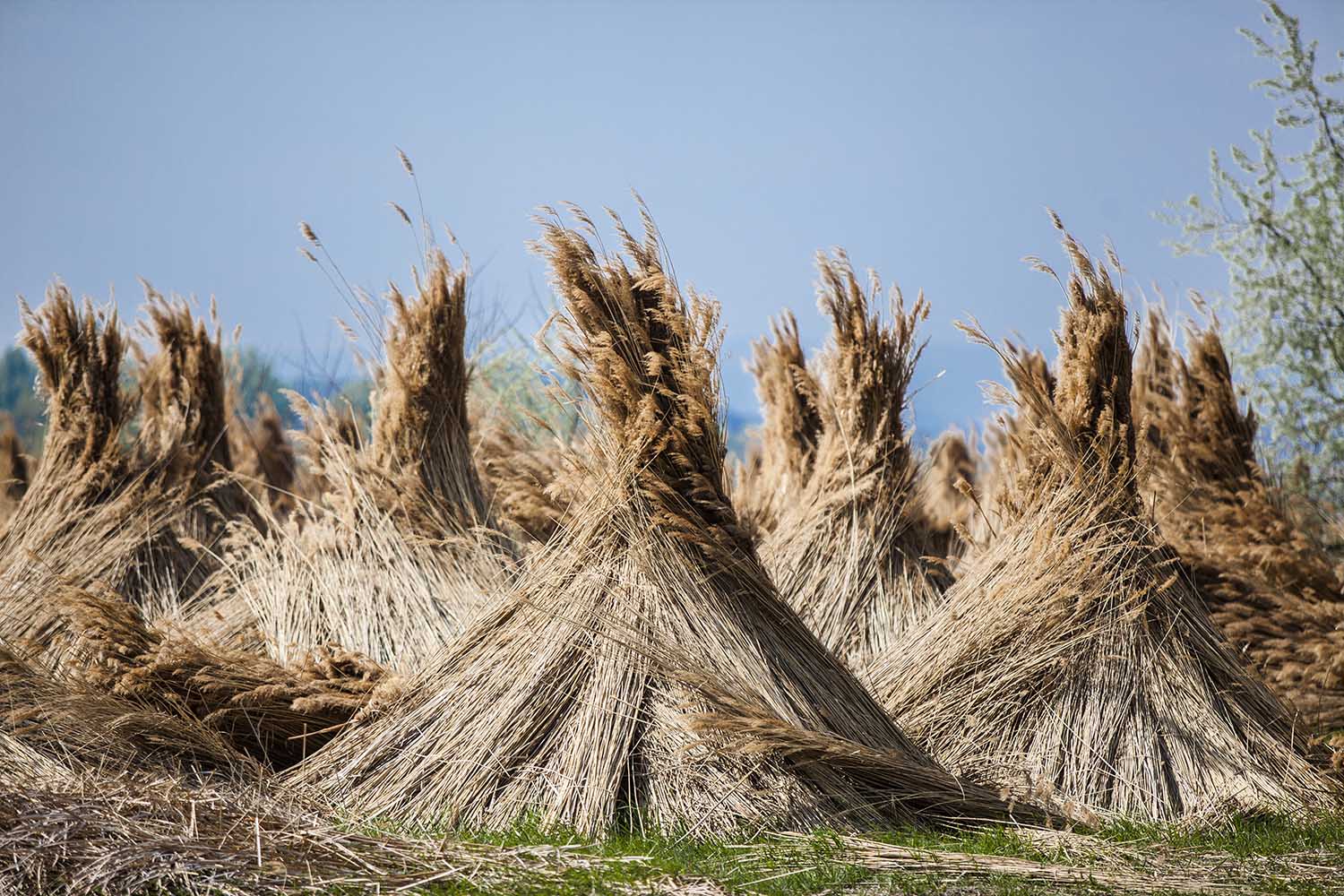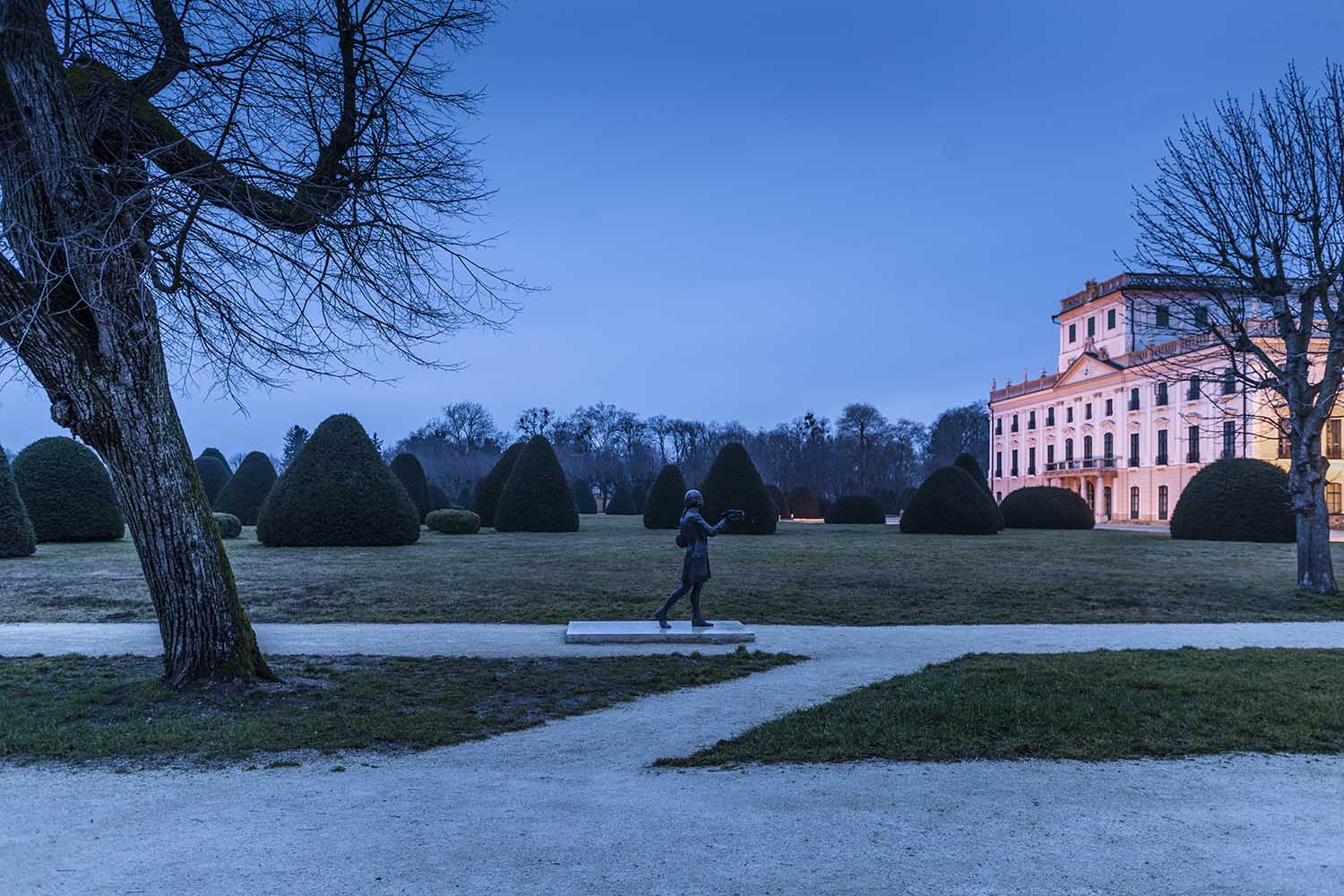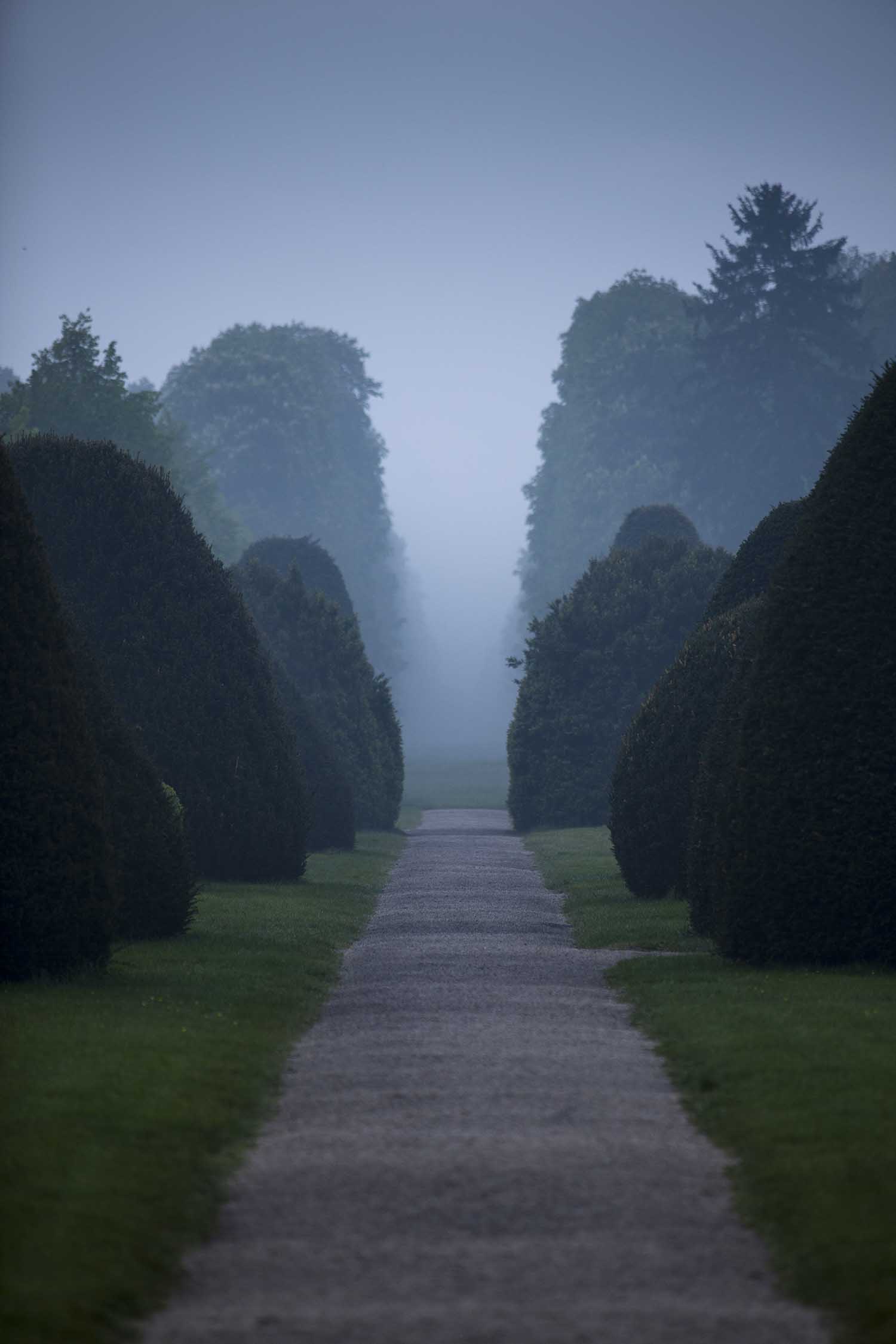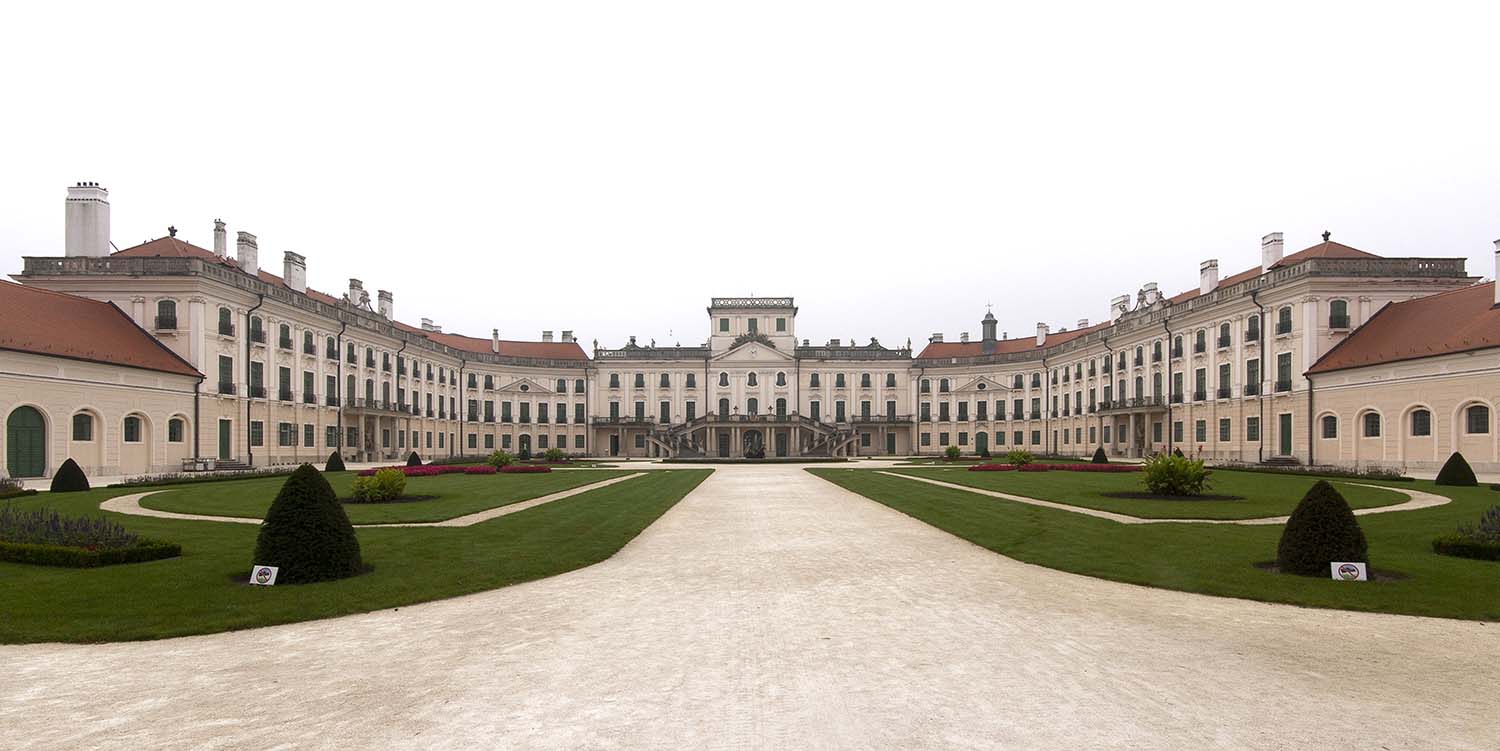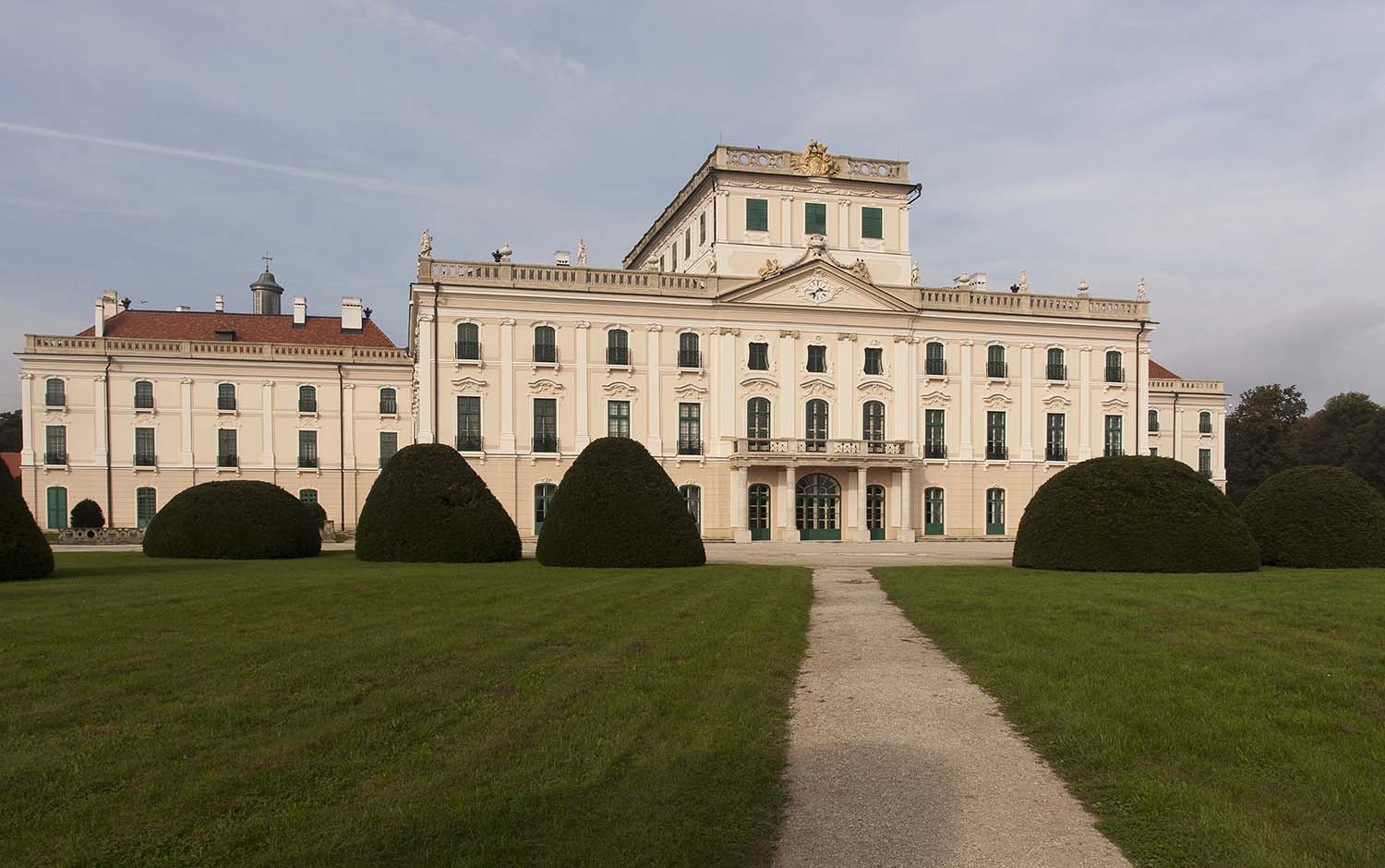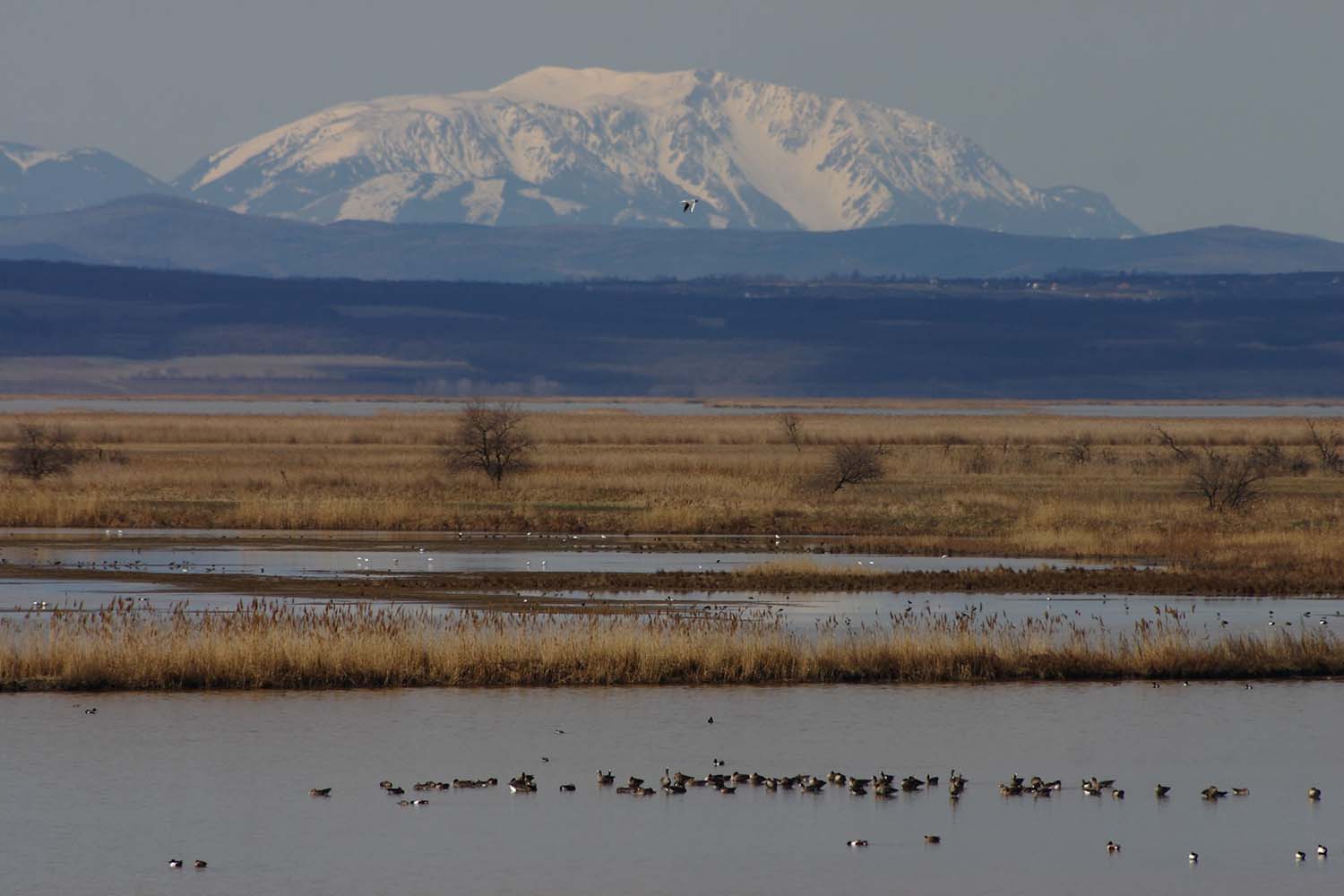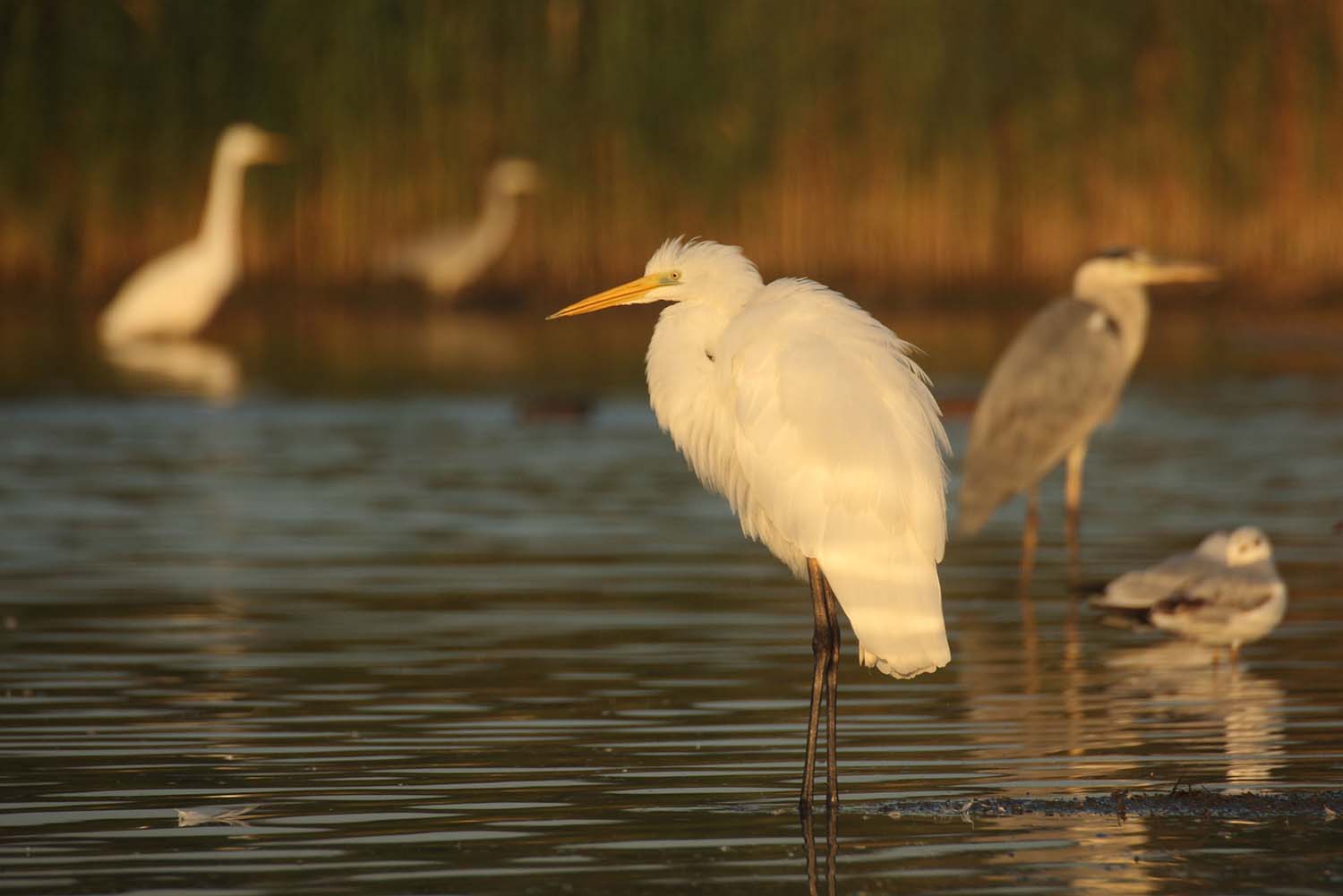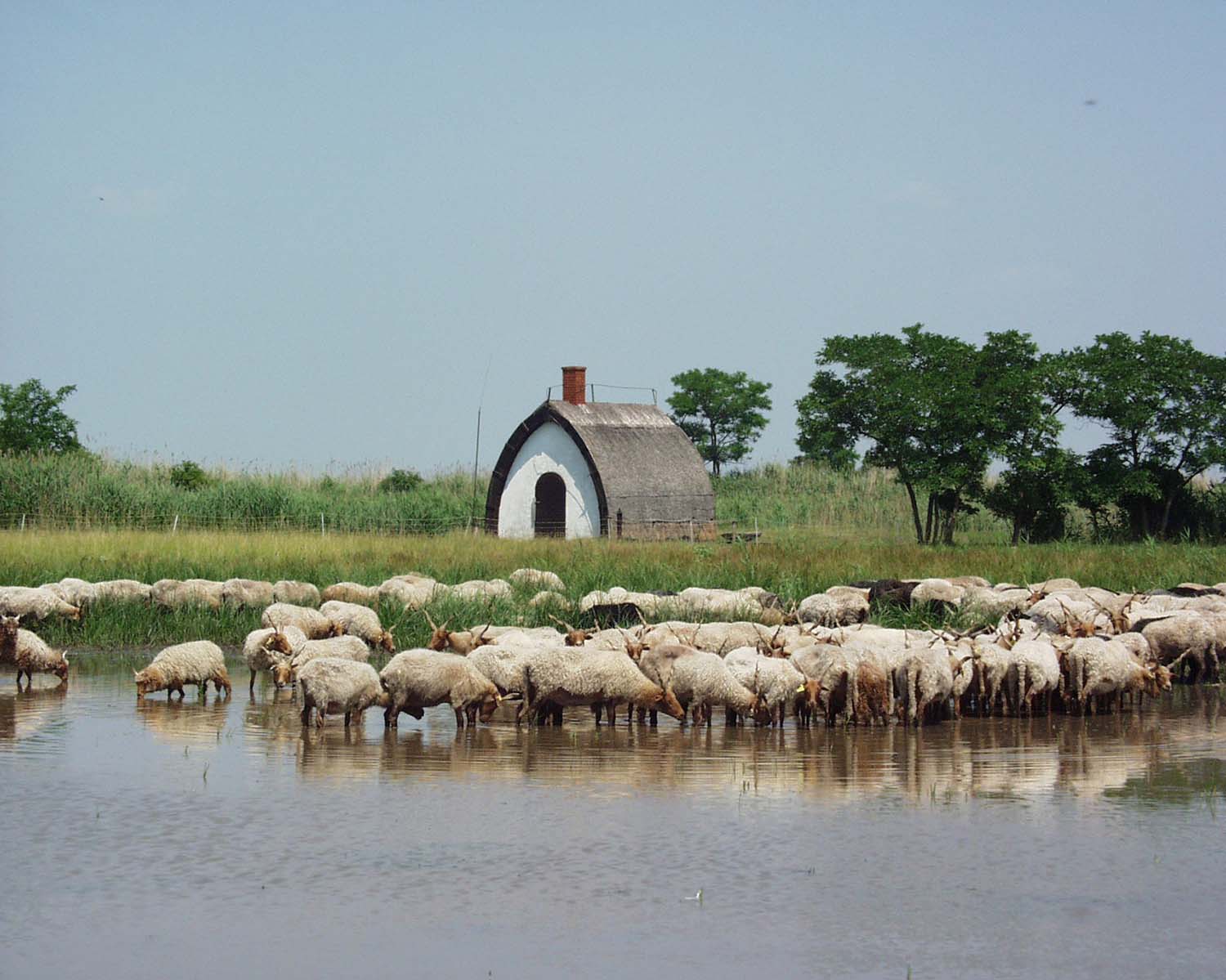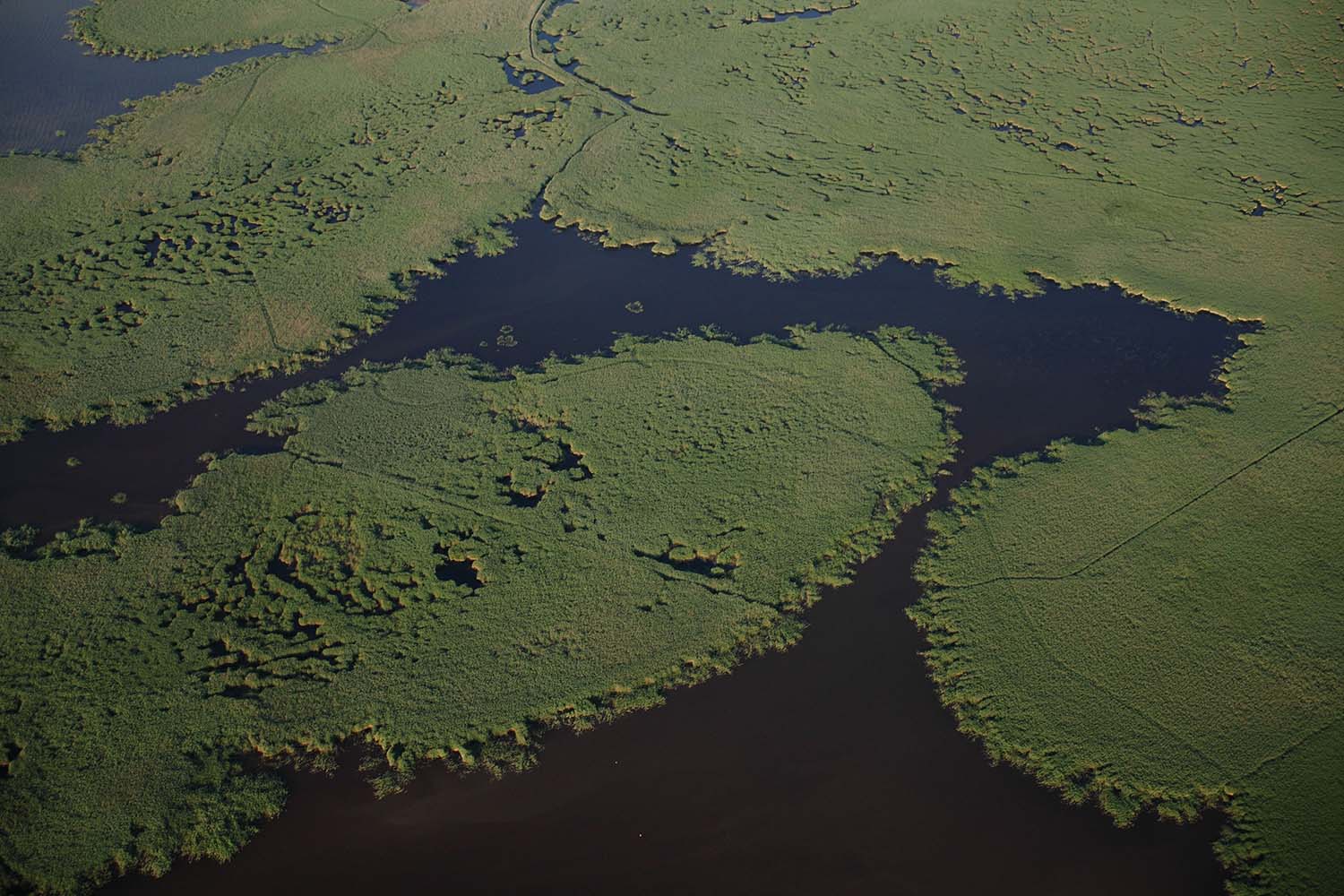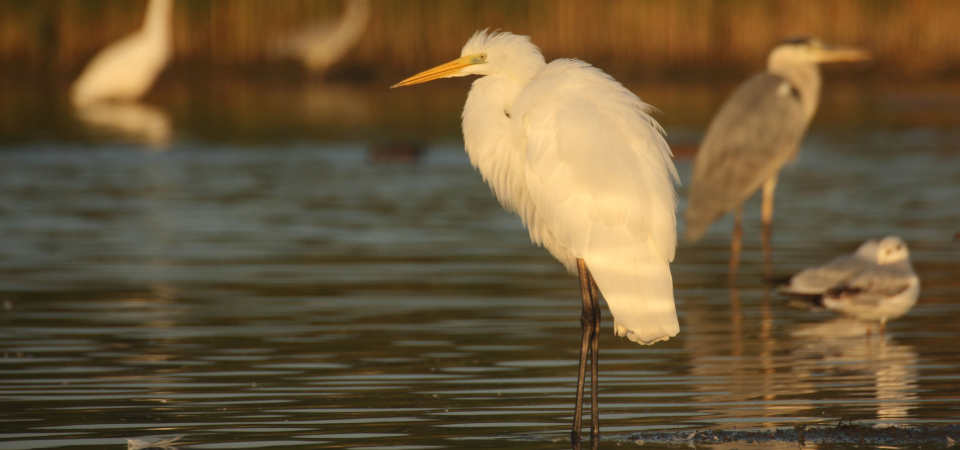
Fertő/Neusiedlersee Cultural Landscape
Introduction
The ‘Fertő/Neusiedlersee Cultural Landscape’, home to both unfathomable marshlands and majestic castles, has a history dating back eight millennia. The cultural landscape owes its creation and survival to the encounter of different landscape formations, the various geographical fauna and flora, the diverse climatic conditions and to being a meeting point of different folks and cultures. Being the westernmost representative of the Eurasian steppe lakes, the Fertő/Neusiedlersee and the settlements surrounding the Lake was inscribed on the World Heritage List in 2001 by UNESCO in the cultural category, under the identification number 772rev, followed by the joint nomination of Hungary and Austria.
Gallery
About the Site
The Fertő/Neusiedlersee landscape is located in the cross-section of Alpine mountains, sub-Mediterranean hills, periodically drying alkaline lakes and saline soils, reeds and lakeside plains. This area, as a biosphere reserve and gene bank it represents a unique natural value and is home to an extremely diverse and rich fauna. Being Europe's largest saline lake, Fertő Lake with its three main habitat types: open water, reed fringed areas and reed-lined inner lakes, is one of the most important waterfowl habitats in Central Europe and also a Ramsar site. More than 350 species of birds have been documented here, with some breeding species such as herons, graylag geese, ducks, reed warblers and some birds of prey such as the Eurasian marsh harrier and the white-tailed eagle being of outstanding conservation importance. However, the vast reedbeds, which in some places extend to the edge of settlements, are also habitat for many other species, including several protected species of dragonflies and butterflies, amphibians and reptiles, several species of frogs, black-colored crested newts, smooth newts and grass snakes, but also water shrews, otters, beavers and even ermine. In addition to the reed beds, which are a very important feature of the landscape, the grassy and saline grasslands and the varied flora of the Fertőmellék hills are also remarkable.
Thanks to Lake Fertő, the rich forests, marshlands, the Fertő Valley has played a decisive role in the life of people living in the area and in the survival of the rural communities for thousands of years, in addition to preserving the unique wildlife of the Carpathian Basin.
In the transboundary World Heritage Site of Hungary and Austria, around Lake Fertő the settlements are located in two rings: an inner ring of 16 settlements and an outer ring of 20 other settlements. The origins of the structural layout of numerous current settlements date back to Roman times and even earlier. This is evidenced by the rich archaeological heritage of the area, with numerous remains of Roman-age villas in the settlement boundaries, the springs of Balf and the unique Mithras sanctuary of Fertőrákos, partly carved into the rock. The introduction of viticulture and wine culture, which is still important in the area, is also linked to the Romans. The network of towns and villages was developing during the Middle Ages, their markets founded mainly for the export of livestock and wine flourishing from 1277 onwards. The most outstanding examples of traditional settlements in the area are Hidegség, Fertőboz and Hegykő, all three of them on the Hungarian side, as well as on the Austrian side: Rust (Ruszt), Mörbisch am See (Fertőmeggyes), and Breitenbrunn (Fertőszéleskút).
The architectural heritage of the Fertő/Neusiedlersee World Heritage Site includes elements of traditional material-based folk architecture, as well as civic buildings from the 16th century and the magnificent palaces of the landed aristocracy from the 18th and 19th centuries. The buildings of the Main Street of Fertőszéplak, built at the end of the 19th century nowadays functioning as country houses, still preserve the typical rural fishbone pattern, their gabled facades, and traditional interiors. As an internationally recognized cultural centre of its time, the baroque-rococo styled buildings of the Fertőd Esterházy Palace hosted the music house led by Joseph Haydn, as well as a marionette theatre and an opera house at the end of the 18th century. Its French Baroque garden, richly decorated with large-scale sculptures, vases and garden pavilions, was based on the model of Versailles. The castle and gardens, which today serve cultural purposes, bear witness to the fascinating life of the Esterházy family. The Széchenyi Palace in Nagycenk, famous for its museum collections, its library and its 20 meters wide and over 2 kilometers long double Baroque lime tree allée, originally consisting of around 600 specimens, is, was established in the first half of the 19th century.
The linden grove, considered to be an emblematic piece of landscape architecture in the region, leads to the neoclassical-style domed Gloriette, a lookout tower in Fertőboz, also built by the Széchenyi family. Among the monuments of ecclesiastical architecture, the Church of St Andrew in Hidegség, decorated with 13th century wall paintings, is a fine example of church architecture of the Árpád era, as well as the Church of All Saints in Fertőrákos and the Bishop's Palace in Győr, both associated with the Széchenyi family. Sacral monuments, crosses and statues along the road also bear important cultural historical values.
The cross-border World Heritage Site, with its diversity and its characteristic elements of the relationship between man and landscape, has preserved its socio-economic and cultural characteristics, land use patterns, centuries of continuity in viticulture and animal husbandry, and also the settlement structure and architecture associated with land use. Traditional crafts and farming practices are associated with numerous festivals and traditions, and the particular natural changes in the landscape (including the complete drying up of the lake several times throughout history) still enrich the centuries-old Hungarian, German and Croatian cultural and ethnographic heritage of the area in the form of tales and legends.
Map
Map of the Fertő / Neusiedlersee World Heritage Site.

Outstanding Universal Value
The Outstanding Universal Value of the Fertő/Neusiedlersee Cultural Landscape is defined in Decision 37COM 8E of the UNESCO World Heritage Committee, adopted at its 2013 session. According to the Commission's decision, the Fertő/Neusiedlersee Cultural Landscape, which includes the westernmost steppe lake in Eurasia, is an area of outstanding natural values and landscape diversity, which has been created and sustained by the encounter of different landscape types. The present character of the landscape is the result of millennia-old land-use forms based on stock raising and viticulture to an extent not found in other European lakeside areas. The site's inscription on the World Heritage List is justified by its compliance with criterion (v).
-
Criterion (v)
The Fertő/Neusiedlersee has been the meeting place of different cultures for eight millennia, and this is graphically demonstrated by its varied landscape, the result of an evolutionary and symbiotic process of human interaction with the physical environment.
Contact
Eszterháza Cultural, Research and Festival Centre (Eszterháza Centre)
Address: H-9431 Fertőd, Joseph Haydn utca 2.
E-mail: vilagorokseg@eszterhaza.hu
Phone: +36 99-537 640
www.eszterhaza.hu
